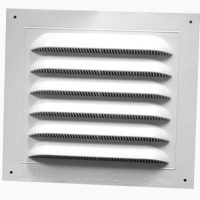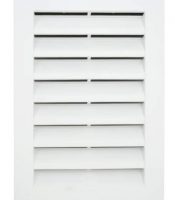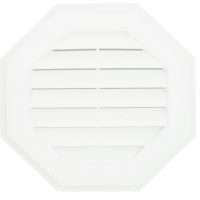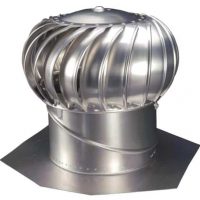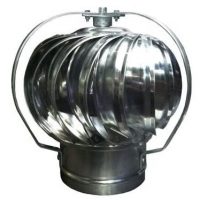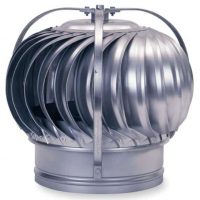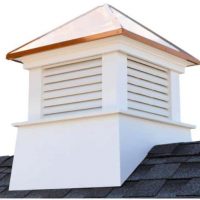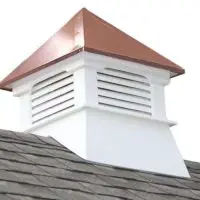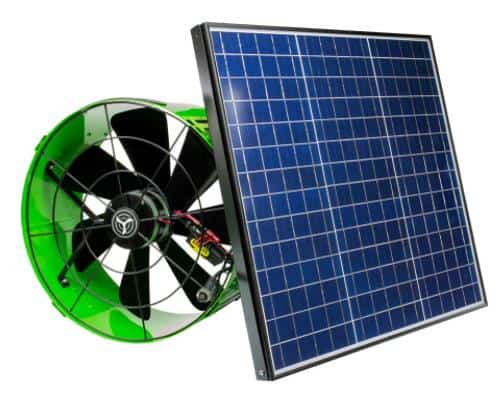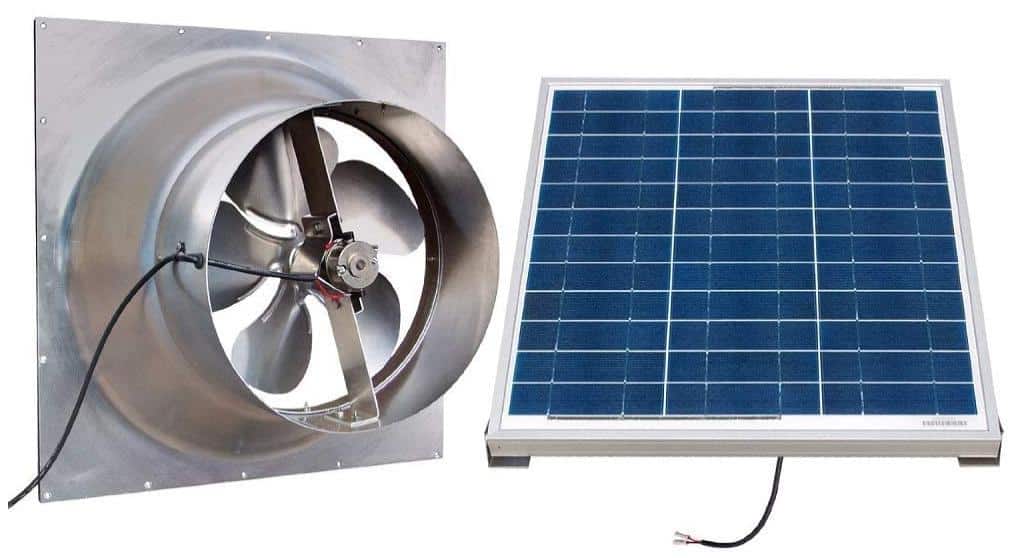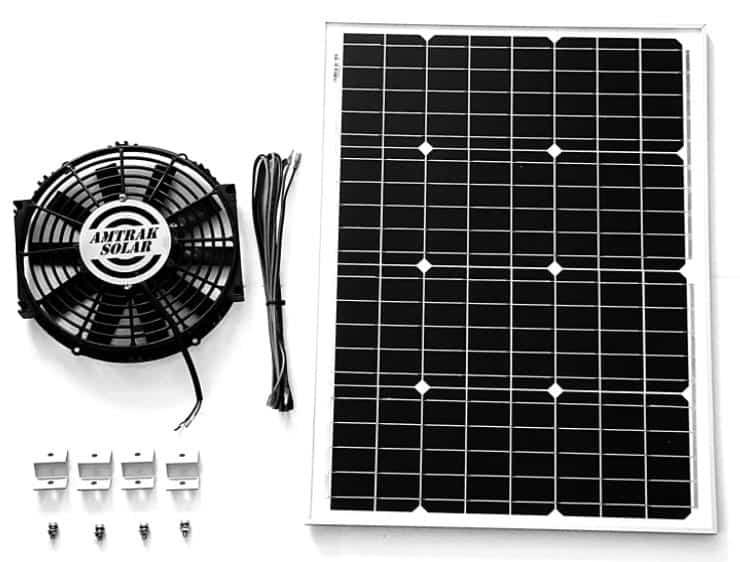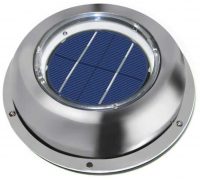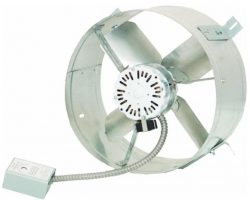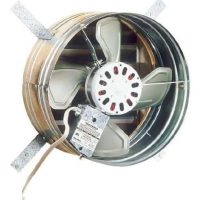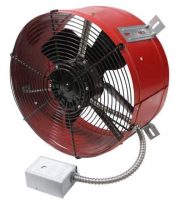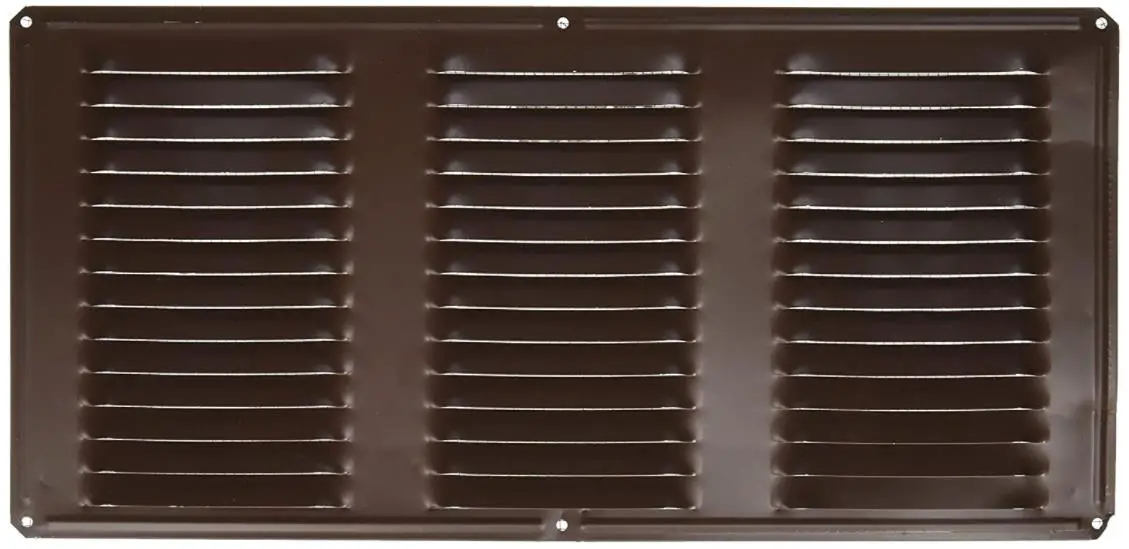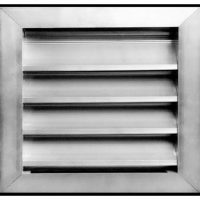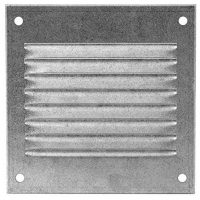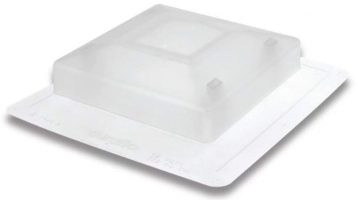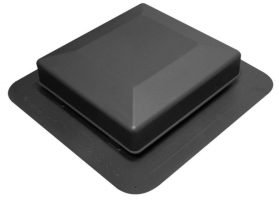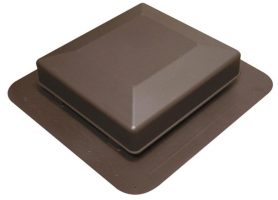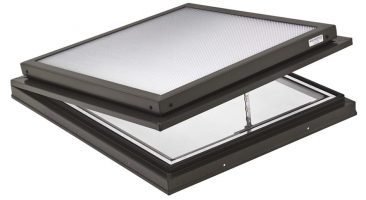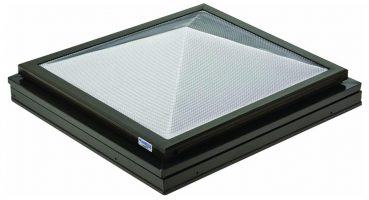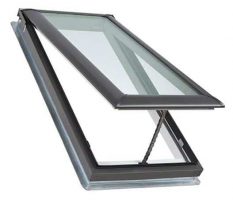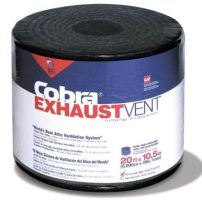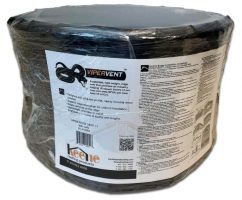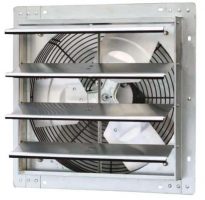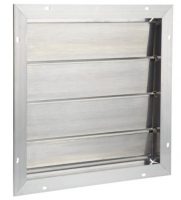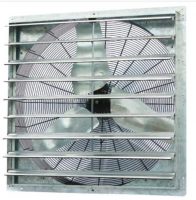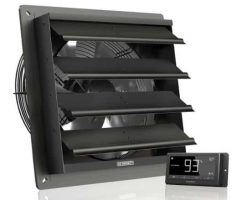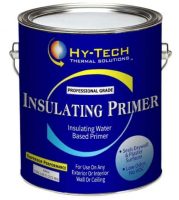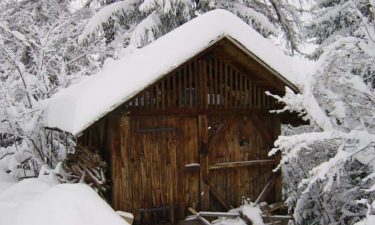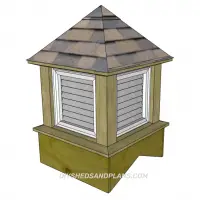SHED VENT AND SHED VENTILATION (12 TYPES OF VENTS)
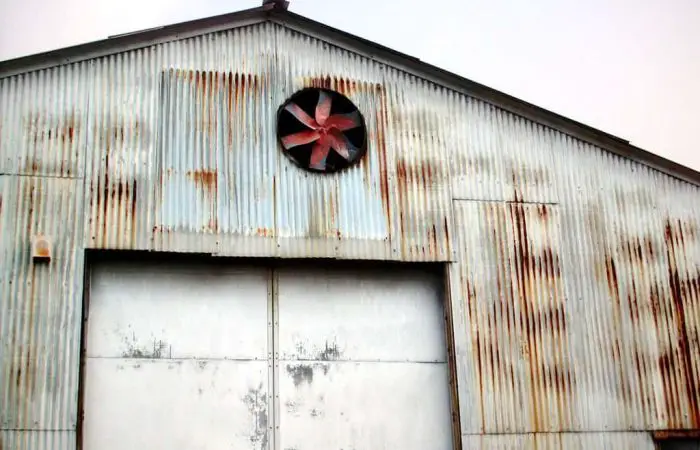
Do you need shed ventilation? Which type of shed vent would work best for your style and size of shed? Sometimes it depends on what you are using your shed for. Do you even need to know the difference in a wall vent, roof vent or ridge vent? We hope to contribute some fresh air to your choices.
IN THIS GUIDE
SHED VENTILATION
Ventilation comes from the word vent, and its basic principle is that air should move freely in and out of space. By venting, you make it possible for air to circulate. Nature has a way of doing that because hot and stuffy air is lighter; hence, it is pushed upwards through the created vents.
Cold air with fewer impurities is denser and hence pushes through the inlets at the bottom of the house. However, smart systems can utilize insulation systems and an air purification method to ensure enough ventilation.
Importance of Having Good Ventilation
Moisture Control
Excessive moisture in a building can encourage mold and other unwanted issues such as wood rotting. Whether it is a home or a shed, you still need to get moisture control spot on.
Improve Breathability
We all want to enjoy good air, one that is free from fumes, bad odors, mold spores, smoke, carbon dioxide, and many other things that could contaminate a shed area.
Especially when you are using the shed as a workshop, store, or even a living area, you want to breathe quality indoor air.

It Is A Necessity
In places where shed construction must meet building codes, in this case, only a few places currently don’t, you must comply. Its construction must take into consideration the airflows in and out of it. For livable spaces, a full ventilation mechanism is necessary and may include central ventilation systems or windows, doors, and the necessary vents that will keep the air fresh.
How do you ensure proper ventilation in a shed?
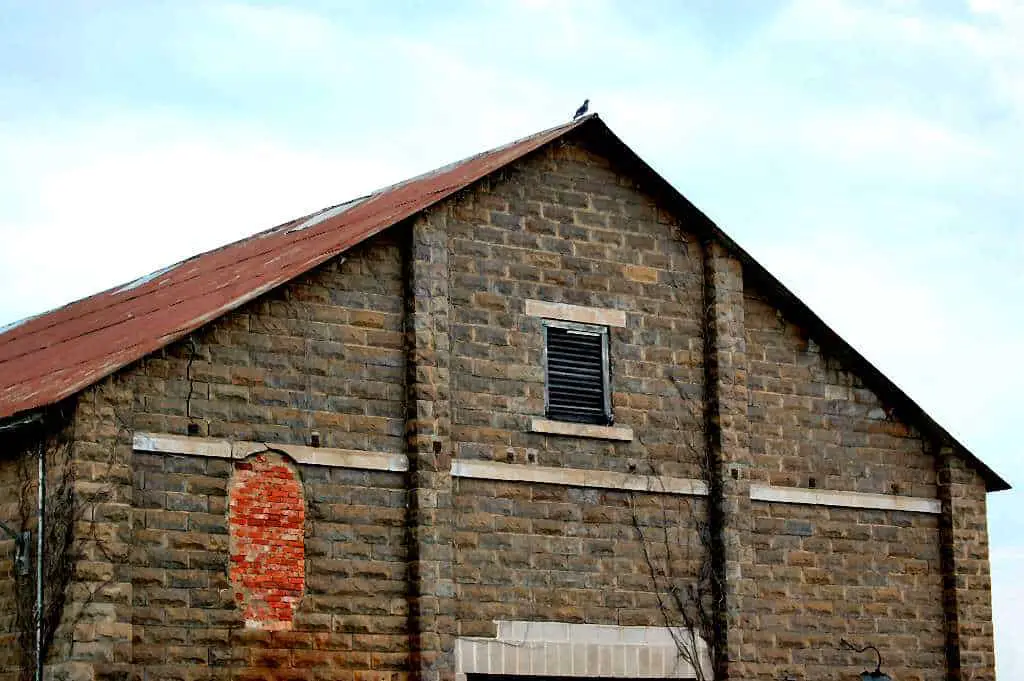
It is all about how you will design the structure. Notably, the shape of the structure will be imperative.
- Add a suitable shape of the roof.
- Add the vents based on the square footage of the roof
- Position the vents at the right place
- Pick the appropriate roofing material
- Add a professional venting system
SHED VENTS
#1 Gable Louver Vents
Louver vents are popular for several reasons, including their modest pricing. Since it depends on winds and temperature changes to cool the shed, it means it exhausts the heat from the upper part of the shed, leaving the cooler air in the rest of the shed.
PROS
- Gable vents are effective in controlling moisture levels inside the shed.
- Does well when it comes to keeping the shed environment as natural as possible.
- Even for DIY shed makers, it is easy to install or add to a shed that doesn’t have any vents.
CONS
- You cannot shut them off; hence, they are always open and can expose you to really low temperatures.
- In the absence of winds, it is not very effective at cooling.
- Some types of sheds cannot utilize this ventilation option.
- Good at exhausting heated air. Consequently, it can make the shed much cooler than you may like.
#2 Wind Turbine Ventilators (Whirlybirds)
As the name suggests, wind turbine vents require an intake and exhaust system powered by a wind turbine. The turbines rotate, circulating the air throughout the building.
PROS
- Turbines are quite effective at ensuring that the air remains in motion, balancing hot and warm air for optimal shed temperatures.
- Some are transparent illuminating the interior of the shed the way a skylight does.
- It can be installed on an existing shed or incorporated into a new one.
CONS
- Whirlybirds tend to be noisy, especially during extreme action when the winds are high.
- They also depend on wind to keep the turbines in motion.
- They can counteract other heating and cooling systems in the shed and hence not appropriate when you have other cooling systems.
#3 Cupolas
Venting does not mean that you have to forego some of the design and theme customizations. Cupolas are a natural fit for a typical shed because of their build and design. They can certainly add appeal to any building.
To build your own DIY cupola, see our Free Cupola Plans.
PROS
- Cupolas come in different shapes and designs to match your tastes and preferences—round, octagonal, and square cupolas are available.
- They are great at adding natural light into the shed without exposing the interior to direct sunlight.
- Are effective in keeping the interior air fresh and well-circulated.
- Their deep base ensures that the louvered sides are high enough from snow.
CONS
- You have to pick the right size for sheds. Otherwise, they may look inappropriate for you.
- Just like gable vents, they will keep drawing warmer air from the shed until it becomes too cold, especially in the evenings when there are winds and the air outside starts to cool.
#4 Soffit Vents
Soffit vents are placed on the underside of the eaves of the shed. They can also be installed for homes and other living spaces. It works by drawing fresh air through the soffit openings and expelling the hot and stuffy air through the roof.
PROS
- There is little risk of snow and water entering the shed because the vents are covered from such elements.
- It is effective at ventilating the roof and subsequently the entire shed.
CONS
- Soffits are effective when added to all sides of the shed.
- If you are using a centralized ventilation system that needs insulation, these vents will be a nuisance.
#5 Solar Roof Vents/Solar Attic Fans
This ventilation combination relies on solar energy to remove stuffy air from the shed. This means solar roof vents only work when the sun is reliable. Their efficiency and other benefits, such as cooling depend on the installation quality and the model.
PROS
- Solar vents and fans do a good job of pumping the hot stuffy air out of the shed while circulating the air from outside evenly.
- Solar energy means it does not use up your electricity to do its work.
CONS
- Most of solar vents use a non-programmable thermostat, meaning you cannot set the internal temperatures.
- You will also need to add a separate screen to keep bugs and insects out.
#6 Electric Powered Attic Ventilator Fans
These power roof vents use electrical power to drive air in and out of the shed. Electric ventilator fans are more or less like air conditioners but might work against the AC unit if it is not carefully executed. As seen from their design, they are effective at removing unnecessary moisture from sheds while also cooling the interior and ensuring that stuffy air is expelled.
PROS
- Electric powered ventilators are excellent for circulating the air in the shed.
- Keeps the interior temperatures low.
- They are great options for anyone looking to improve indoor air quality.
CONS
- They rely on electricity, meaning they add to your utility bills.
- If placed incorrectly, they can be counterproductive, hence the need to place them at specific places where they can deliver on their work.
#7 Wall Vents
Most vents are placed at the bottom and the roof of the shed. However, wall vents are placed on the walls. What is unique about them? Unlike those louvered passive vents that will allow the air to freely move until it gets too cold, the wall vents tend to strike a balance since only the air around the vents is vented out, which encourages the cold and warmer air.
PROS
- Wall vents can be made from any material. Hence, you can get even cheaper plastic options.
- Some come with a mesh to keep the bugs out.
- You need several to adequately vent a shed.
- They are simple to install even for a beginner DIY enthusiast.
CONS
- Some wall vents allow bugs into the shed.
- Since the vents are on the side, it is unusually cold inside the shed when it is windy or cold outside.
- The vents remain open hence are susceptible to precipitation.
#8 Turtle Roof Vents
Turtle roof vents are placed near the ridge and work by driving warmer and stuffy air out of the shed while drawing colder and fresher air into it. They are also referred to as louver vents because of their elaborate louver system.
PROS
- Turtle roof vents perform very well when it comes to circulating air thanks to their design and placement.
- The extended flange is particularly useful because it keeps precipitation out.
- It also keeps the bugs out.
- It is very good at removing moisture preserving your valuables, especially for shed storage.
CONS
- You will need more than one to ventilate. The more you install, the better the circulation.
- Because they are so close to the ridges, they might expose the interior of the roof to vagaries of nature.
#9 Venting Skylights
Unlike fitted vents that are permanently open, the vented skylight offers the same level of convenience but also an added advantage of closing and opening on demand. When the air is ventilated enough, you can close the vents to prevent heat from escaping the shed to keep it cozy.
PROS
- Venting skylights do the job of lighting and ventilating the shed very well.
- You only open it when you want; hence, the risk of overcooling is minimal.
- Works great for greenhouses.
CONS
- They mostly require manufacturer parts such as flashings to do their jobs effectively.
- During heavy snow, it will be blocked.
#10 Ridge Vents
Ridge vents are a part of the ridge raised to accommodate vents below it. It seeks to solve the problem of ventilation without compromising the integrity of the roof.
PROS
- Ridge vents fit almost naturally onto the roof.
- Can be installed on an existing shed or a new one.
- They are quite easy to install as long as you can follow the manufacturer’s instructions.
- Excellent at ensuring that snow and debris falls off smoothly and they don’t impact the ventilation negatively.
CONS
- Since it is a permanent vent, it can lead to overcooling, especially during colder hours.
- It can run the entire ridge or make part of it, which means you cannot afford to make installation mistakes.
#11 Wall Mounted Automatic Shutter Fans
Shutter fans can also be used to provide the necessary ventilation needs of a shed. Automatic and electric-powered fans can be mounted anywhere on the wall to provide this ventilation. However, they should be placed optimally in the right place.
PROS
- Automatic shutter fans are great at providing cooling and ventilation needs for any type of shed.
- The shutters automatically close themselves.
- Can be powered on demand
- Some have thermostats making them ideal for reliable heating and cooling.
- While cooling, it controls moisture levels in the air.
CONS
- Since it is a mechanical device, it is likely to be noisy during operation.
- Critters and bugs can enter through the vent when shutters are open.
#12 Insulating Paint Additives
Thermal insulating paint additives help the surfaces by inhibiting the rate of heat transfer. Even though their efficacy remains an open question, they have been in use for many years. When they prevent heat loss, they help maintain natural airflow.
PROS
- Insulating paint additives reduce the rate of heat loss for walls and ceilings.
- It is a cheaper alternative compared to other traditional insulation.
CONS
- Some may not be environmental-friendly, but you can buy green options.
- Not great for ventilation, used more for insulating.
To sum up, we hope this article of shed ventilation and shed vents helps you make a wise informed decision for your shed venting needs. After all, the air we breathe keeps us alive and healthy. Stay informed, stay safe.
